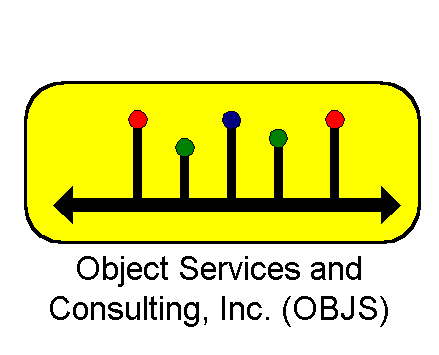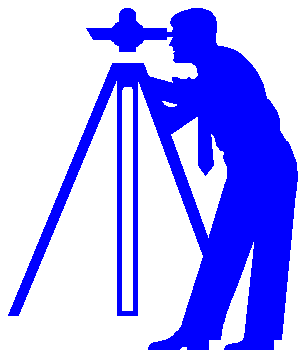 |
Software Surveyor
|
|
Gauges to Dynamically Deduce Componentware Configurations
Principal Investigator: Dr. David Wells
Object Services and Consulting, Inc.
Large, modern software applications, including DoD C4I systems, are
constructed from custom and preexisting components from a variety of sources.
Both the components and their organization with respect to each other must
evolve over time as the result of new requirements, bug fixes, performance
improvements, feature enhancements, and changes in their environments as
the systems with which they interact change. An essential (but not
sole) requirement for safely and predictably making these changes is knowing
how the components use each other. This includes dynamic behavior
that cannot be captured in any way other than to observe the behavior of
the system running in its normal operating environment.
This effort builds gauges to collect, analyze, and present information
about how deployed instances of distributed software actually interact,
how this compares with the desired (specified) interaction patterns, how
far the effects of changes can propagate and whether an anticipated action
is likely to be safe, and to identify subtle differences between environments
that might be the source of puzzling misbehavior. The results will
be software gauges suitable for use in profiling applications constructed
using a variety of important technologies such as Java, Dynamic Link Libraries
(DLLs), Common Object Request Broker (CORBA), and Hypertext Transfer Protocol
(HTTP). We will also develop tools to deploy these gauges to
selectively collect information that is needed to diagnose particular problems,
monitor the effect of recent reconfigurations, or to serve as inputs to
other tools being used to plan or manage the evolution of a system.
Such gauges are a necessary part of the feedback process needed for software
evolution as envisioned by the DASADA program.
Gauges to be developed include:
-
Component connectivity gauges: Detect the potentially time
varying runtime connectivity of component-based applications. Connectivity
is measured as (connected-to, used), depending on whether the components
have undergone a static or dynamic binding process and whether the resulting
connection has actually been used. Based on component interactions measured
at interception points.
-
Component interaction gauges: Measure the timing (when), usage
(which operations were invoked), intensity (how often, how much data),
responsiveness (how long responses take), and anomalous behavior (which
exceptions were thrown and under what circumstances) of component interactions.
Can give instantaneous results and/or aggregations across time. Based on
component interactions measured at interception points.
-
Evolution safety gauges: Estimate (as a probability) whether
a planned system evolution (e.g., a bug fix, performance upgrade, feature
enhancement) will affect specific existing usage patterns. Based
on a comparison of behavior measured using the above gauges with the reconfiguration
actions proposed in the evolution plan.
-
Gauge placement gauges: Gauges to determine where (specific
gauge and connection point) in a running system, specific gauges can be
placed to collect desired usage information. Based on specifications
of existing collection of gauges, implemented gauge insertion points, and
information to be collected.
Gauges will be transparently attached to existing components or the pathways
between them using existing “interceptor” technology. We will
identify the kinds of information that can be collected at these interception
points and collect, manage, aggregate, and visualize the collected information.
Minimally, we will be able to determine dynamic component connectivity,
function/method invocation, timing, and exceptions. This information
will be used to reconstruct both the instantaneous and long term behavior
of monitored applications. This will be demonstrated using a test
application that exercises the three interconnection technologies (DLLs,
CORBA, and HTTP).
Software releases, including code and documentation will be made annually.
Annual demon-strations will exhibit the current capabilities of the gauges
and point the way for further developments. Results will be documented
in three major design documents, in addition to the manuals associated
with the software releases.
The views and conclusions contained in this document
are those of the authors and should not be interpreted as representing
the official policies, either expressed or implied, of the Defense Advanced
Research Projects Agency or the U.S. Government
© Copyright 2000 Object Services and Consulting,
Inc. All Rights reserved.



